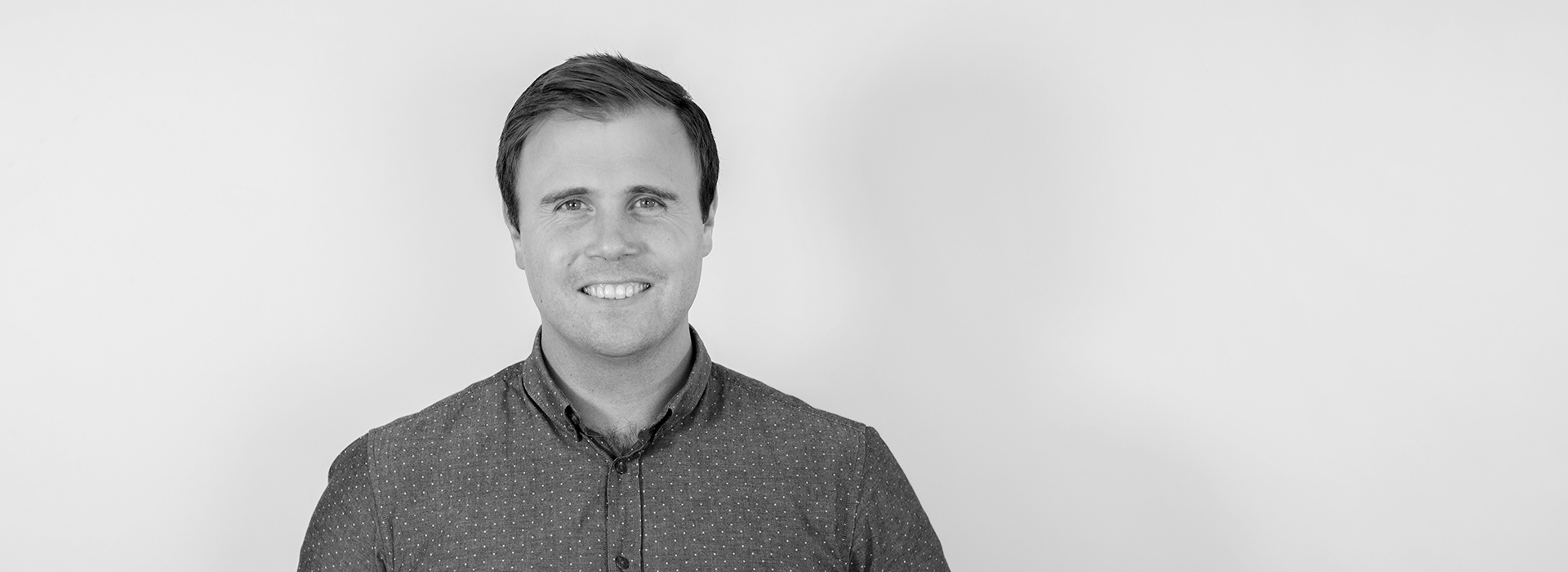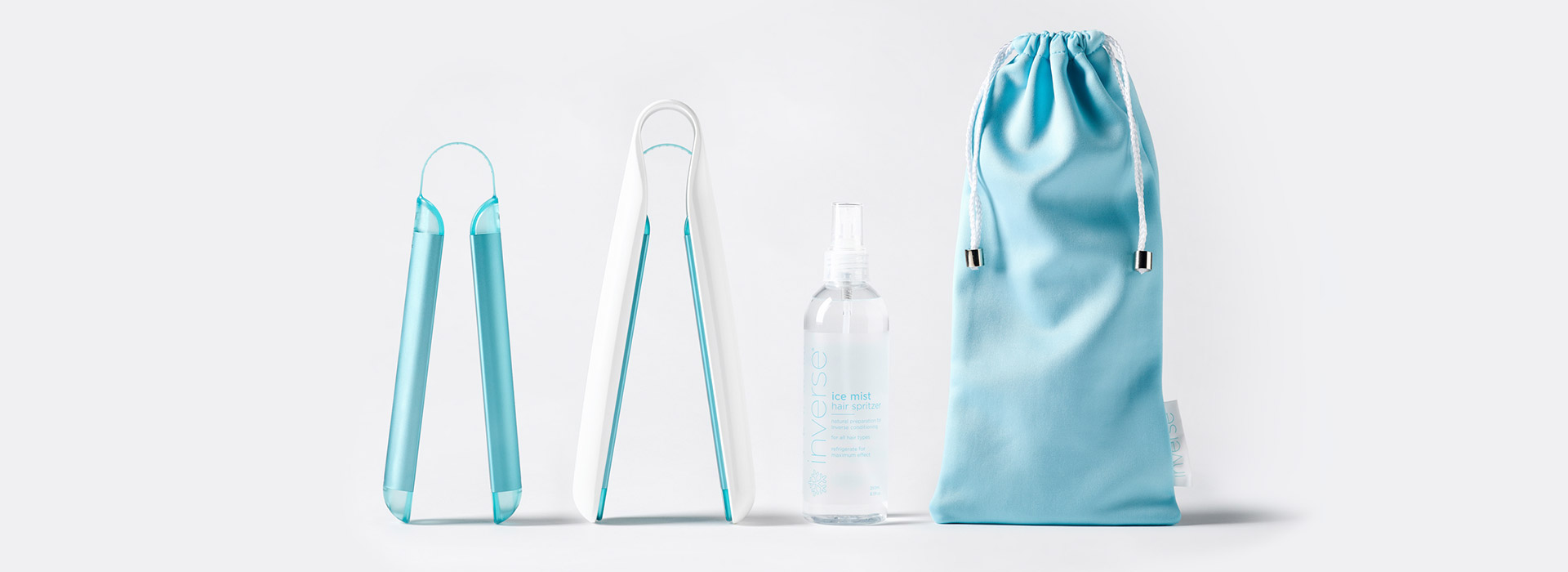Locus Research – New zealander design agency
LOCUS RESEARCH is the second agency I had the chance to meet.
Daniel FARIS, who is the CEO of LOCUS RESEARCH, has welcomed me at the agency and explain me who they are, what they do and their vision of design. After this quick talk, we stopped at a coffee shop for a casual meeting. I think it tells a lot about the working atmosphere of the agency. Let’s explain what I mean!

LOCUS RESEARCH has been founded in 2002 by Timothy Allan. The idea was to use research as main tool to develop products, thanks to committed and skilled team. Doing design like other agencies wasn’t the goal, on the contrary. They wanted to dig deep, to generate insights, to iterate and to innovate. And the vision remains the same sixteen years later.
What I really liked about this agency is their transparency, not only within the company, but also with its customers. Danny NEILL joked and said that “kiwis are respectfully against authority”. And this is clearly seen in the hierarchical structure of the agency, which is actually flat. It means that everybody has the same hierarchy level. This way of working is easier to set up when hierarchy is not required: as a result, the agency is now ruled by a small team.
What’s more, the recruitment process is quite unusual. Daniel is trying to hired people for their open-mindedness. He is actually looking not only for specialized people (like a design specialist for example), but also for people with a strong willingness to learn about engineering or/and business, or even more… In a word, people with strong skills, who also try to understand other company aspects. It’s not an easy task, it is like looking for a needle in a haystack. But when you find them, you have all the keys in hand to build the best team. Why? Because every team member tries to understand what his colleague are doing every day, which does facilitate social interactions within the agency. That is one of the main points that makes me think this agency is amazing.
1- Detecting and observing the problem, that is to say the initial use of the product by the consumer, and asking a lot of question to deepen his experience and interaction with it. When it is done, they will then apply methods 2 or 3.
2- Prototyping the product really quickly in order to verify its functionality, its possible defects… The aim is to improve at the same time technology and design.
3- Drawing and thinking a lot about the product manufacturing, to be able to prototype it.
They usually apply the first method, but not always. Here is the reason: Daniel told me “it is the best way to design… sometimes”. This quote actually reveals his open-mindedness towards each project. The agency always tries to find the best way to do deep research, to create the most sustainable and original product. They do not want to rush the manufacturing of the product as they want first to understand perfectly the customer’s needs.
I am talking about sustainable products, but what does it mean, practically speaking? To create the most sustainable product, some questions have to be answered first. And Daniel highlighted many during our meeting. To create a sustainable product, we have to think globally. For example, if your country is really good doing something but really bad at doing another, and another country, which is at the opposite part of the world, is really good doing the thing your country is bad at and also good at the same thing as you are, maybe, it will be better to deal with all the production over there then just bring the thing you are bad at just to produce locally. My point is that it will always depends on the project. Just keep in mind two main information! First (1), a sustainable product is supposed to have minimum environmental/CO2 impact. Second (2), a good sustainable product is also supposed to use the least amount of material, to offer an improvement compared to what is already on the market, to be used for a long time and the best is to have a product that can be also taken apart. Those are the main goals to achieve if you want a sustainable product.


Daniel is trying to embody this vision with every product the agency is creating. As I explained previously, LOCUS RESEARCH is transparent. This is why Daniel told me he really wants to improve sustainability within the agency. For example, they are trying to use less paper as possible and mainly sketch on graphic pads. They are also trying to create more sustainable prototypes to push further the wish to achieve a 100% sustainable environment. This is this sustainable approach they are promoting to customers and this is the main reason why these customers trust them. And if a client does not agree with this way of working, the agency simply doesn’t try to force the connection. I think this is the best way to design and business… sometimes.
Thank you LOCUS RESEARCH for the warm welcome and go check their website, they publish really interesting insights and detailed reviews: https://www.locusresearch.com/
Beautiful mindset and great way to approach design.
